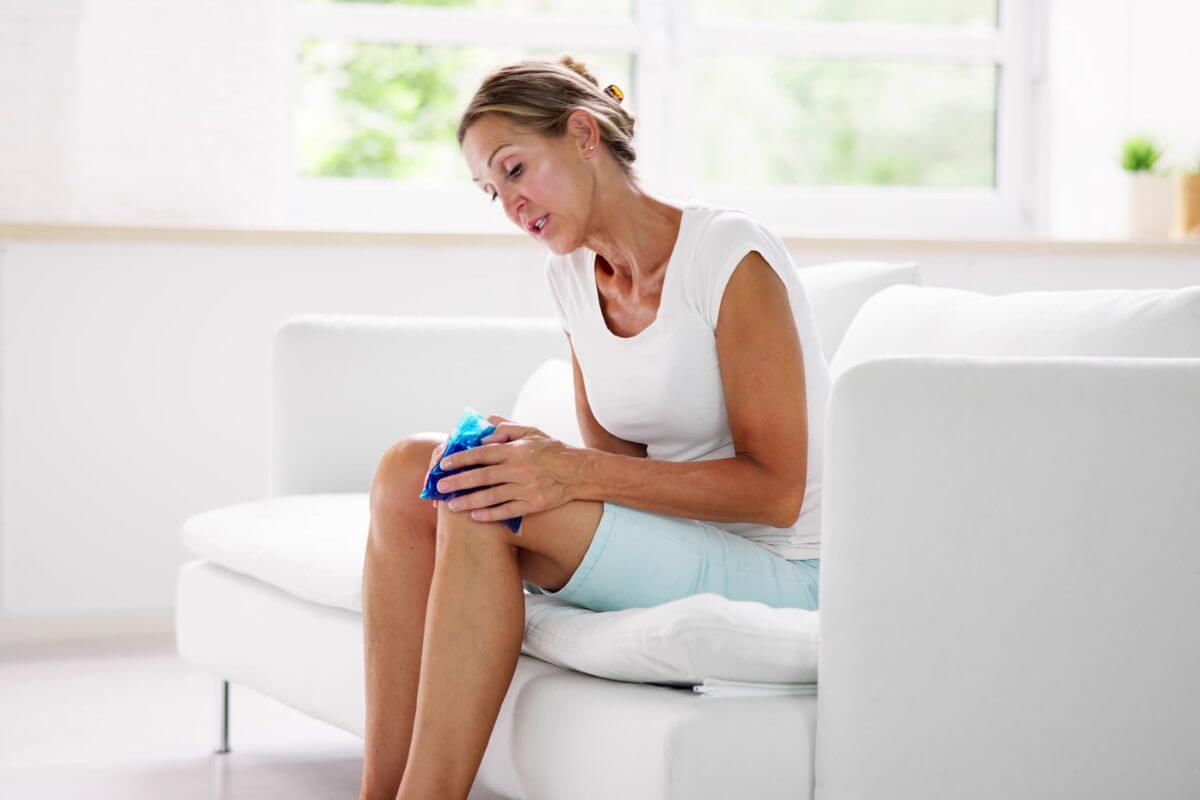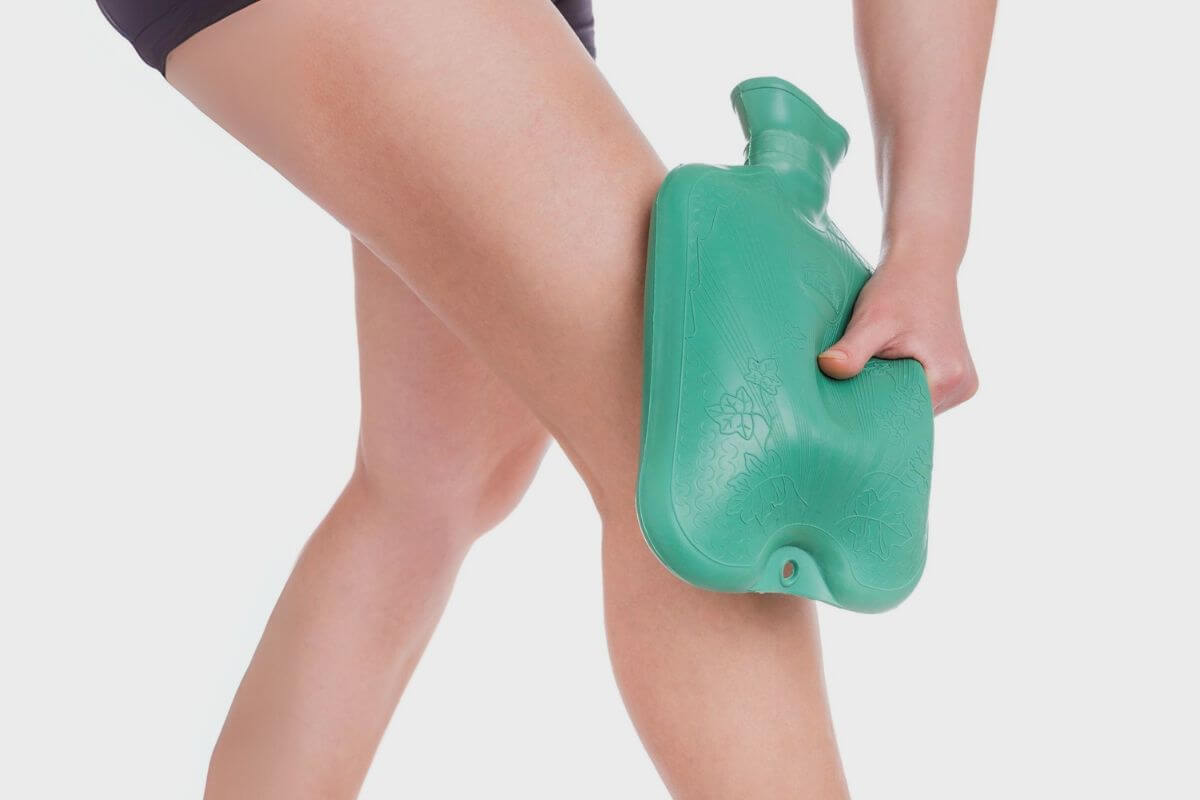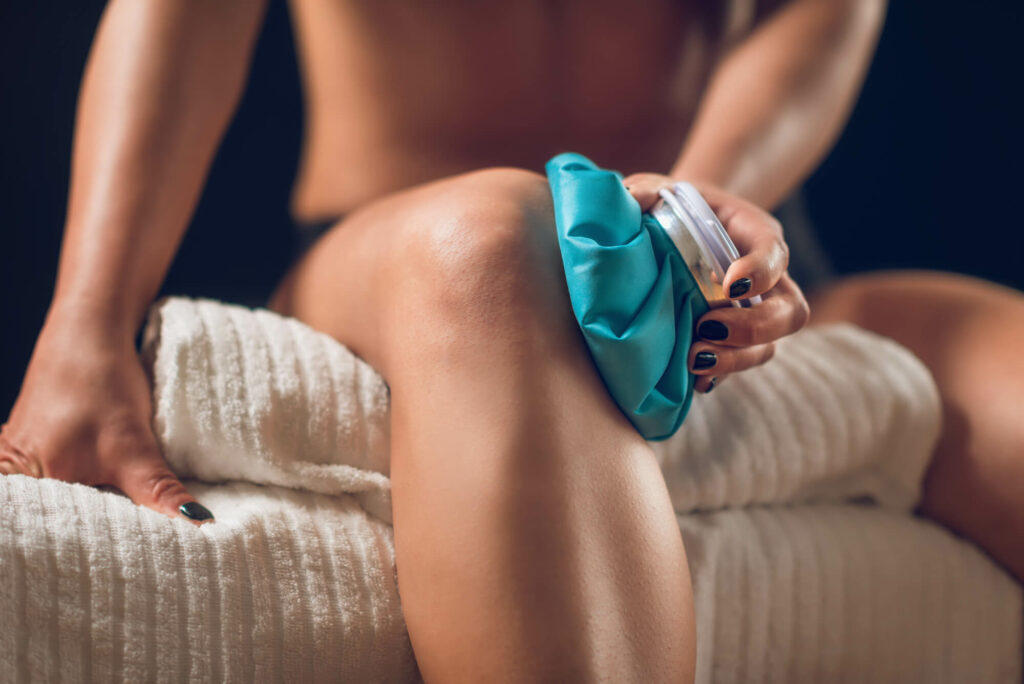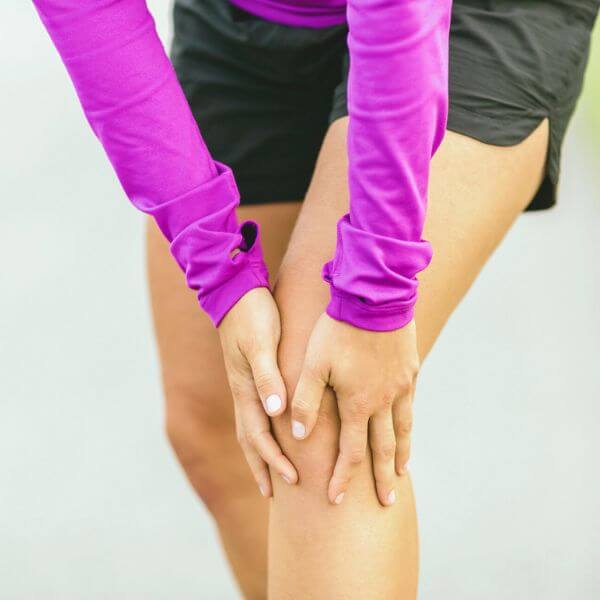When it comes to knee pain, one of the most common questions I get from patients is whether heat or ice provides the best relief. As a physiotherapist, I’ve seen how both approaches can help in different ways based on the stage of injury or inflammation. Let me break down what the research says about using heat versus ice so you can determine the right strategy for your needs.
At its most basic level, pain occurs because of inflammation – our tissues release chemicals that sensitise pain receptors when they’re swollen or damaged. Both heating and cooling can impact this process by changing blood flow. But they achieve this effect in distinct ways.[1,2]

In the short term, icing allows us to override pain sensations by numbing nerve endings through a process called cryotherapy.[3,4] This explains why we feel immediate bliss for 10-15 minutes after applying an ice pack. However, long-lasting vasoconstriction from prolonged ice use may hinder healing by reducing circulation over time.[5,6]
Heat, on the other hand, works differently by increasing blood flow.[7,8] Within minutes of application, vessels dilate and circulation surges by up to 500% to remove waste products and deliver oxygen-rich blood where it’s needed.[9] Not only does this often provide 30-60 minutes of soothing relief for me, but it may also stimulate natural pain-blocking endorphins.[10]

When factoring in these long-term effects, heat seems to provide benefits that last well beyond any single treatment. In my experience, regular 20-minute heat therapy sessions – combined with light exercise, stretching and rest – helps keep future issues at bay.[11,12] Of course, ice still has its place in our self-care toolkits to manage acute flares.
I hope this scientific context helps you determine which approach aligns best with your recovery goals. Feel free to chat more if you have any other questions – my goal is keeping you feeling fantastic for life!
REFERENCES:
Cutson, T.M., B Krischel. “Nonpharmacological Treatment of Osteoarthritis.” Am Fam Physician. 1995;51(2):455-462.
Hubbard TJ, Denegar CR. Does cryotherapy improve outcomes with soft tissue injury? J Athl Train. 2000;35(2):155–159
Mayer, JM et al. “Continuous low-level heat wrap therapy for the prevention and early phase treatment of delayed-onset muscle soreness of the low back: a randomized controlled trial.” Arch Phys Med Rehabil. 2005;86(8):1510–1517.
Michlovitz, S.L., L Nolan, and R Moes. “Modalities for therapeutic exercise.” FA Davis, Philadelphia 1994.
Prentice, W.E. “Rehabilitation techniques for sports medicine and athletic training.” Mosby, 1999.
Thoomes J. Thermal effect of shortwave and ultrasound diathermy on pain. Phys Ther 1985;65:1319–22.
Asta J, Rajo P. Inflammation and cryotherapy. Int J Sports Med 1992; 13:S101.
Michlovitz SL. Thermal agents in rehabilitation. F A Davis Co, 1996.
Jay K, Sundstrup E, Søndergaard SD, et al. Specific and cross over effects of massage for muscle soreness: randomized controlled trial. Int J Sports Phys Ther. 2016;11(1):82-91.
Baker MK, Nelson ME, Felson DT, et al. The efficacy of home based progressive strength training in older adults with knee osteoarthritis: a randomized controlled trial. J Rheumatol. 2001;28:1655–1665.



